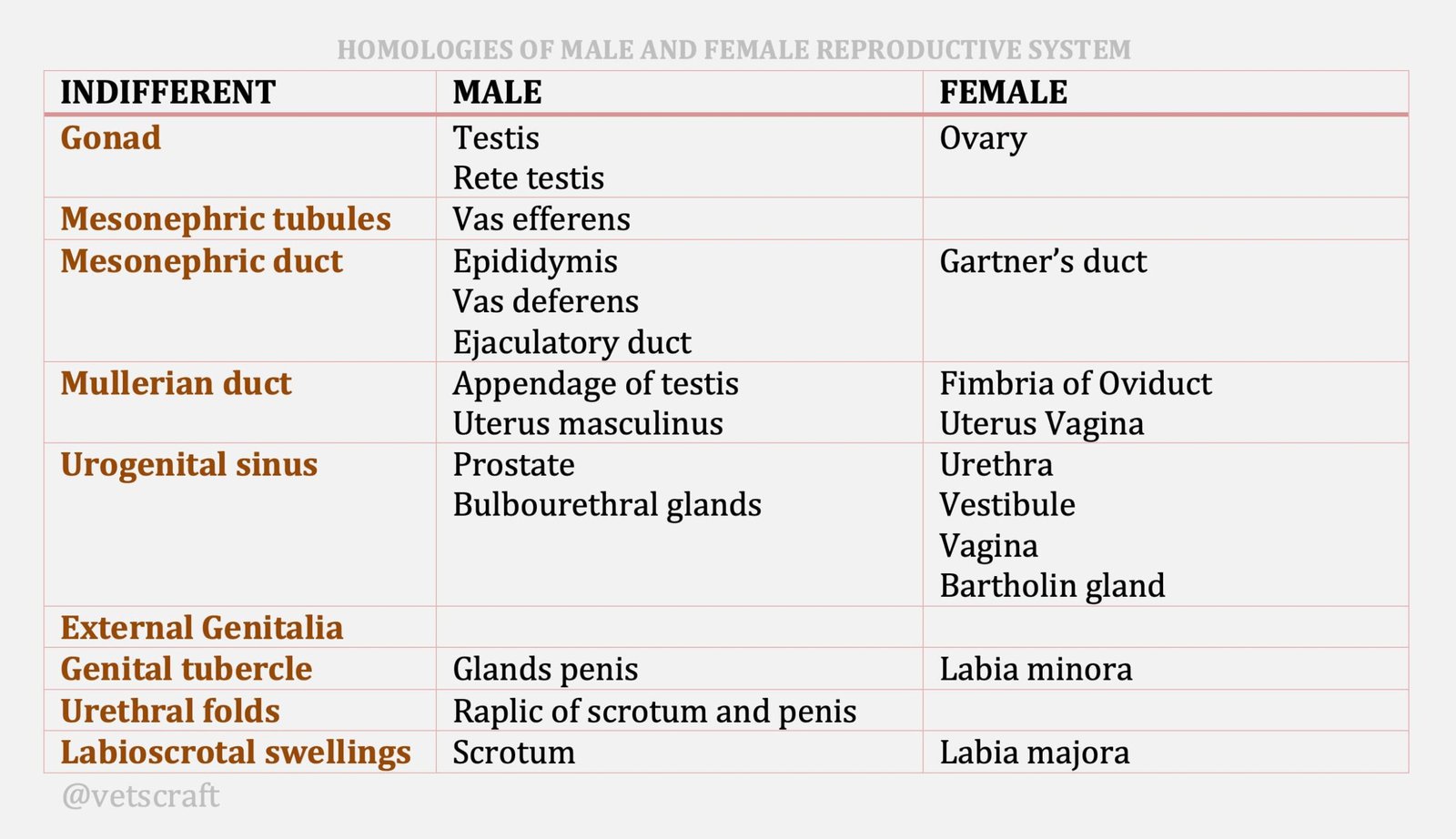Induction of Estrus in Mares (Female Horses)
The induction of estrus in mares refers to the deliberate initiation or regulation of the estrous cycle in female horses to facilitate controlled breeding.
The mare is seasonally polyestrous and has several cycles during a particular season cycling during periods of long daylight thus ensuring that the mare will have foals at the time of the year most conducive to foal survival, the spring.

Light Year
The mare is light responsive in that increasing daylight causes cycles to start by decreasing melatonin while decreasing light turns the mare off.
Temperature may also influence the onset of cyclicity as cyclicity may be in part regulated by a neurotransmitter which is also involved in prolactin secretion.
Reduction of the opioid inhibition of the gonadal axis may also play a role in triggering the onset of the breeding season.
Normal cycles occur around the Summer solstice, which is the natural breeding season.
Anestrus
Anestrus in caused by the secretion of melatonin, which is secreted in response to increasing darkness.
The melatonin inhibits GnRH, so the FSH and LH are low. Anestrus occurs around Winter solstice wherein 80% of mares undergo anestrus.
Mares in anestrus are passive to the stallion advances.
On rectal palpation the:
- Ovaries are small, smooth, and inactive.
- The cervix and uterus are flaccid.
Vaginoscopic exam reveals a cervix that is pale and dry, and the cervix may even be open.
The hormones are all at very low concentrations. If the is nutrition poor, the mare may not cycle back in the spring.
Induction of Cycling
We must start no later than Dec. 1 (about 2 months before you want cycles to begin):
- 10 foot candles or 1 lux is sufficient. This is equivalent to a 100 watt bulb in a 12X12 box stall or two 40 watt fluorescent bulbs / box stall.
- You need a minimum 14.5 hr. light to start cycles.
- It is imperative that light be added at the end of the day, not the beginning.
GnRH Supplementation
- 100 mcg /hour for eight days at a constant infusion caused most mares to start cycling.
- 40 mcg every 12 hours 28 days vs. implants (Buserelin implants released 100mcg/day 28 days) showed that 0/15 of the controls ovulated by 28 days, whereas 7/15 injections and 9 /15 implants did. Although the implants group retrospectively had greater LH before the study began.
Dopamine D2-antagonists
- Dopamine effect on gonadotropin release is unclear.
- Antagonists may act directly on ovary, rather than by hypothalamic pituitary axis.
- GnRH is inhibited by dopaminergic neurons acting directly on GnRH neurons
- If given during anestrus the effect is not as great as if given during transition or if mares have been exposed to extended photoperiod.
Domperidone (0.1 mg/kg PO SID)
- Transitional mares ovulated 12-22 days after treatment started.
- Deep anestrous mares took longer to ovulate (50-60 days) .
12.5 mg of purified eFSH intramuscularly twice daily for a maximum of 15 consecutive days.

